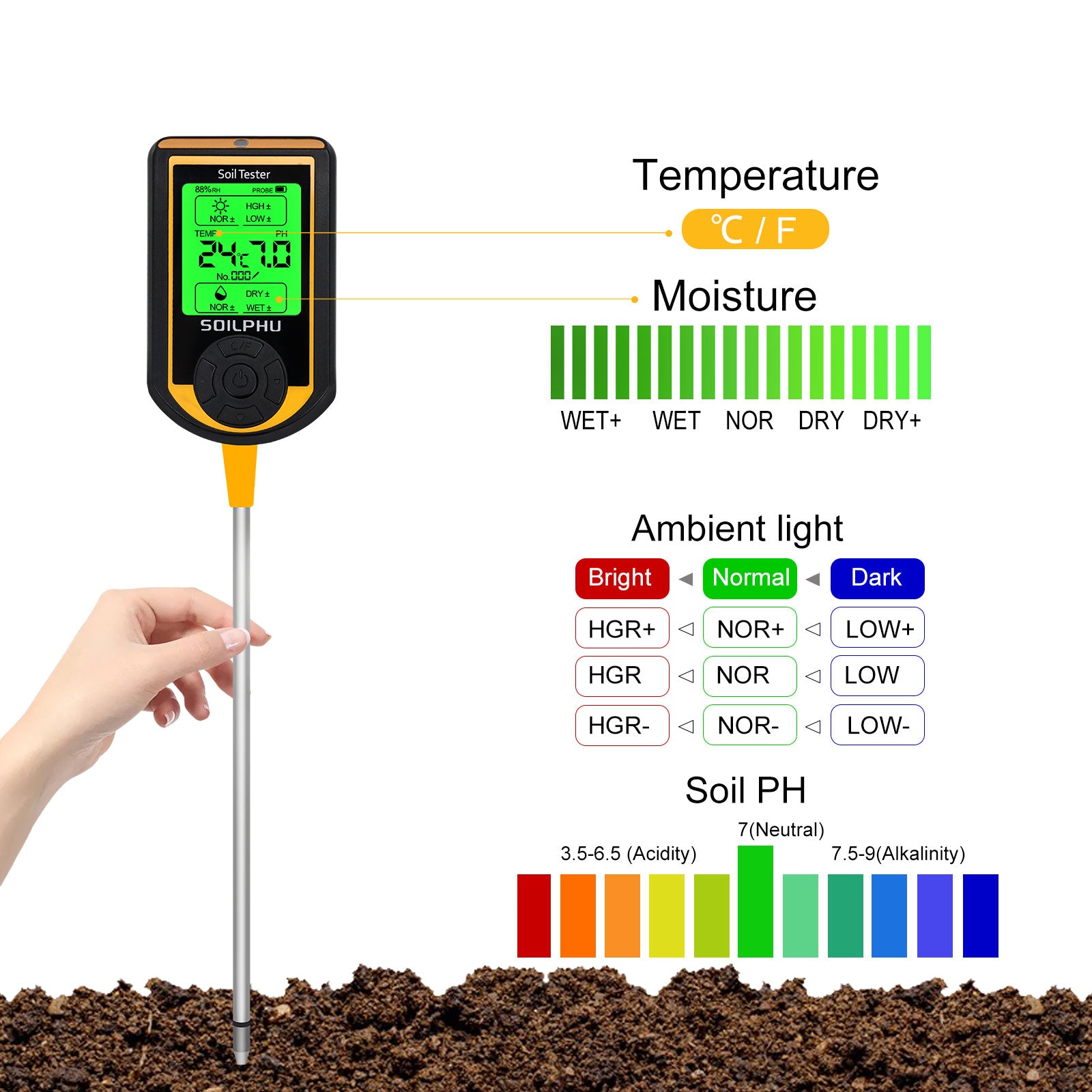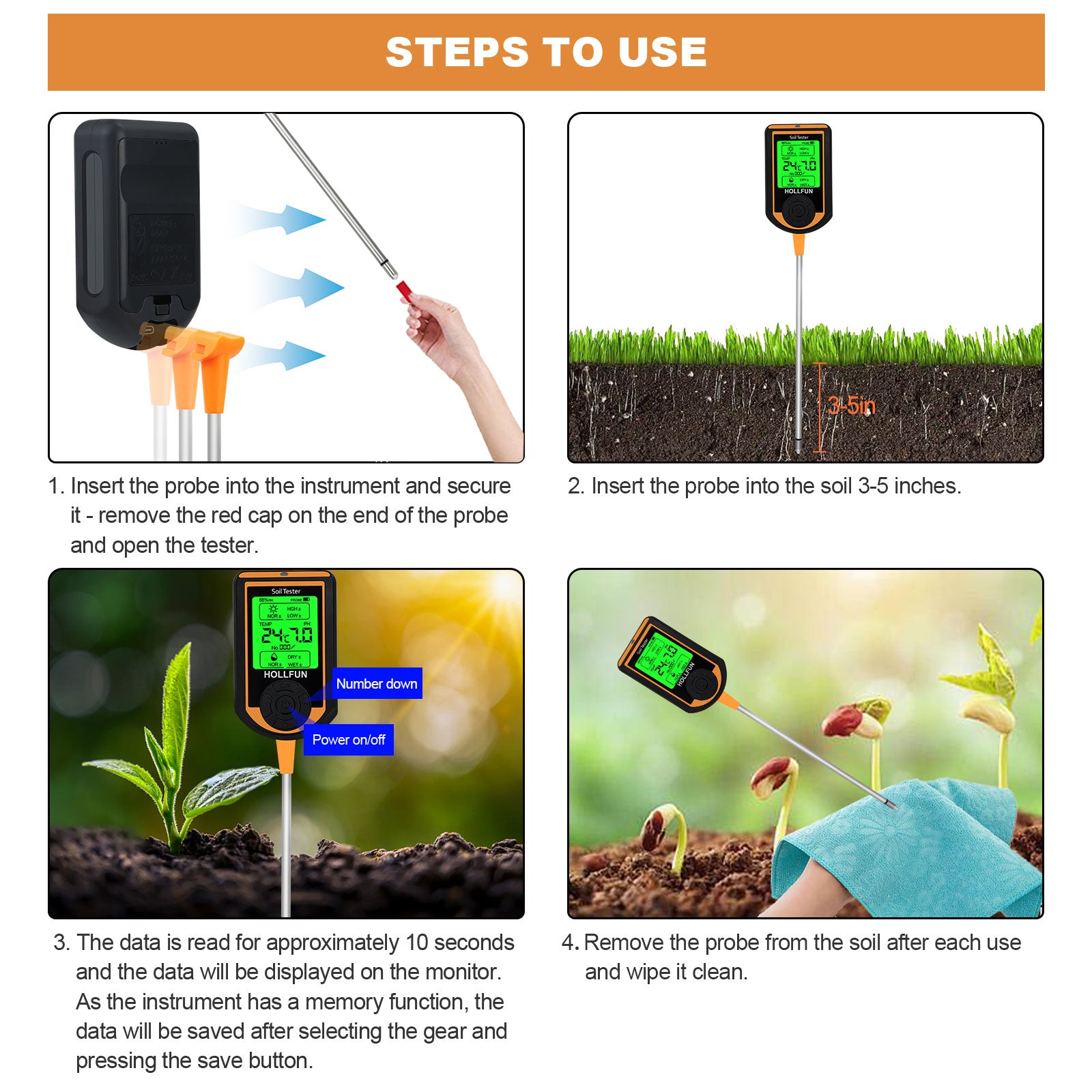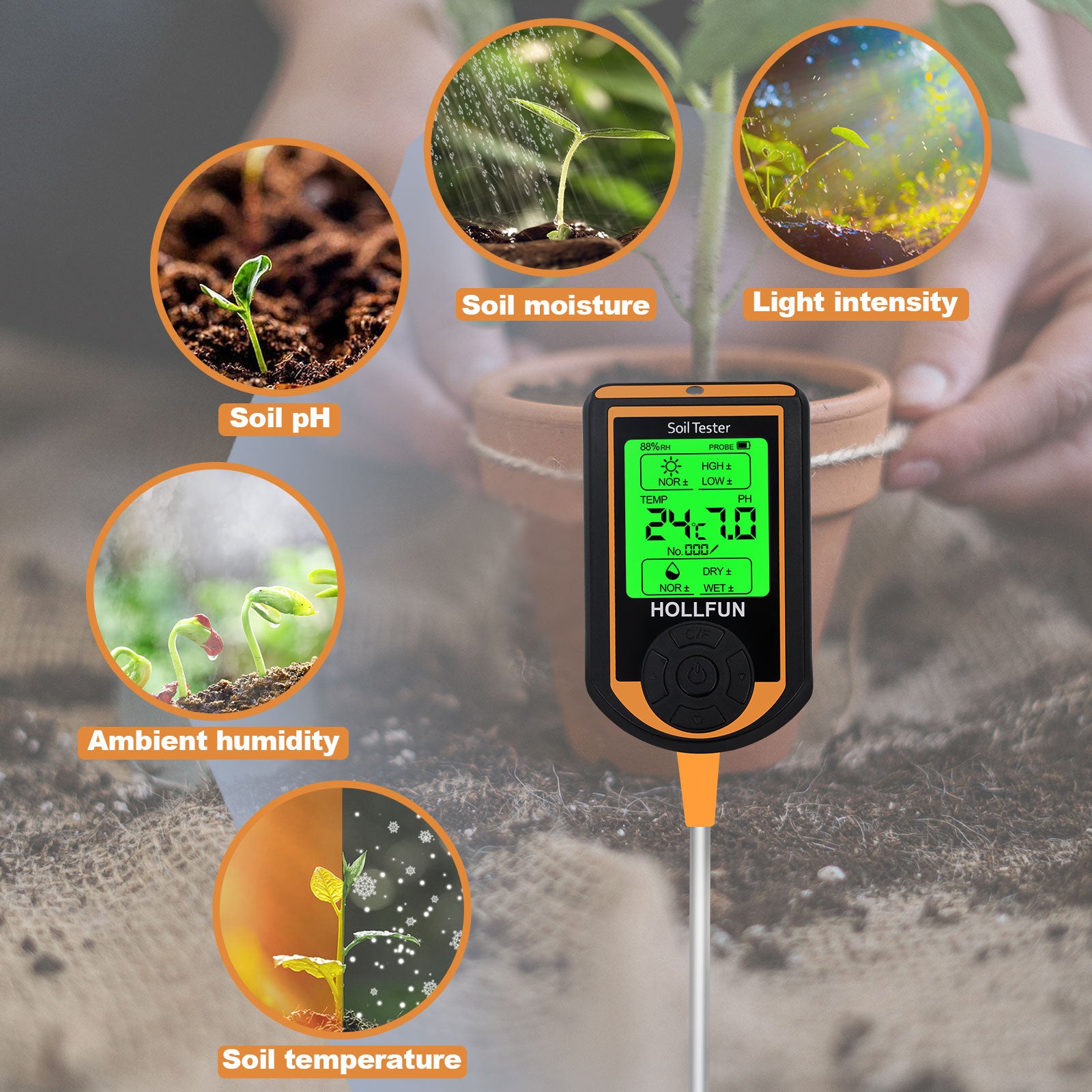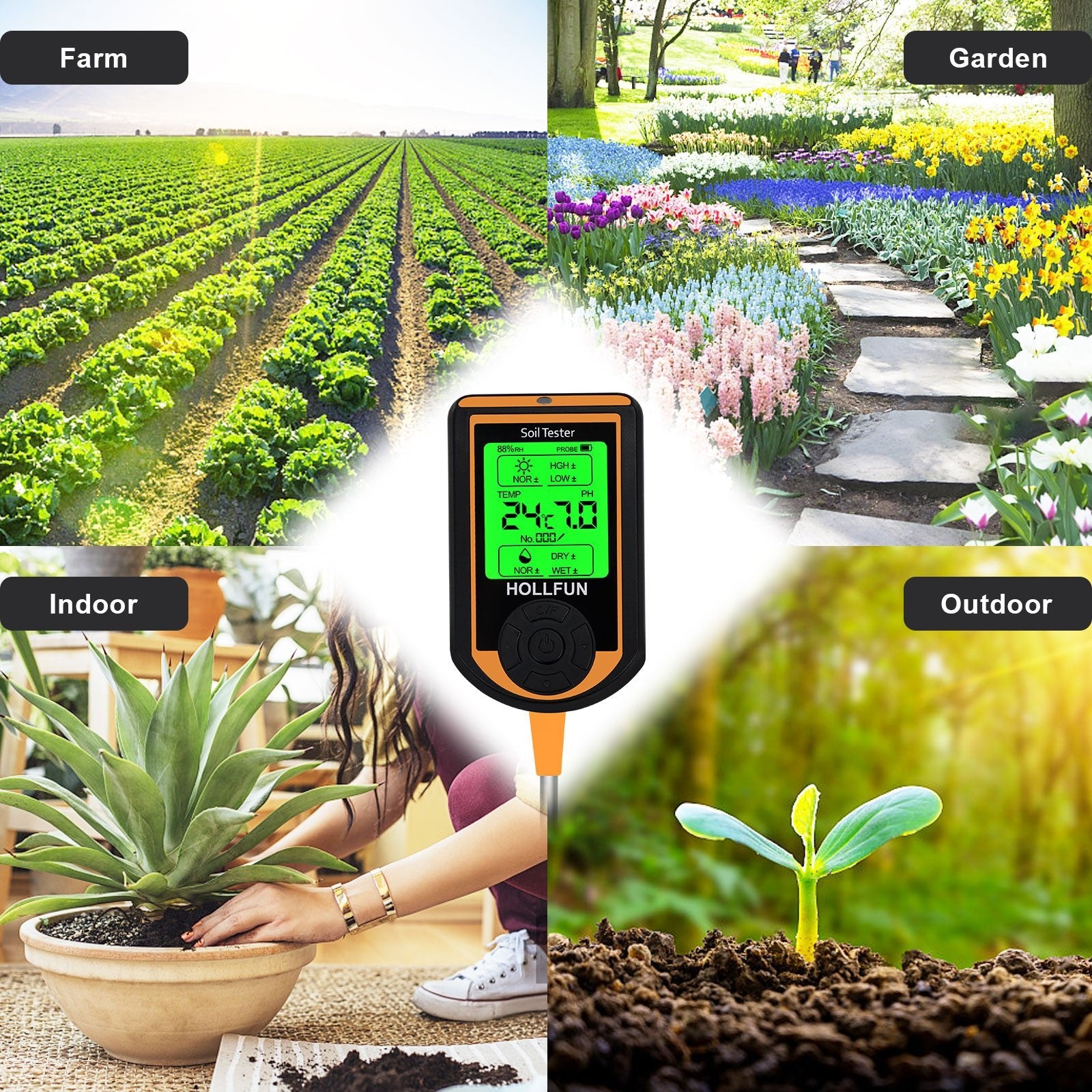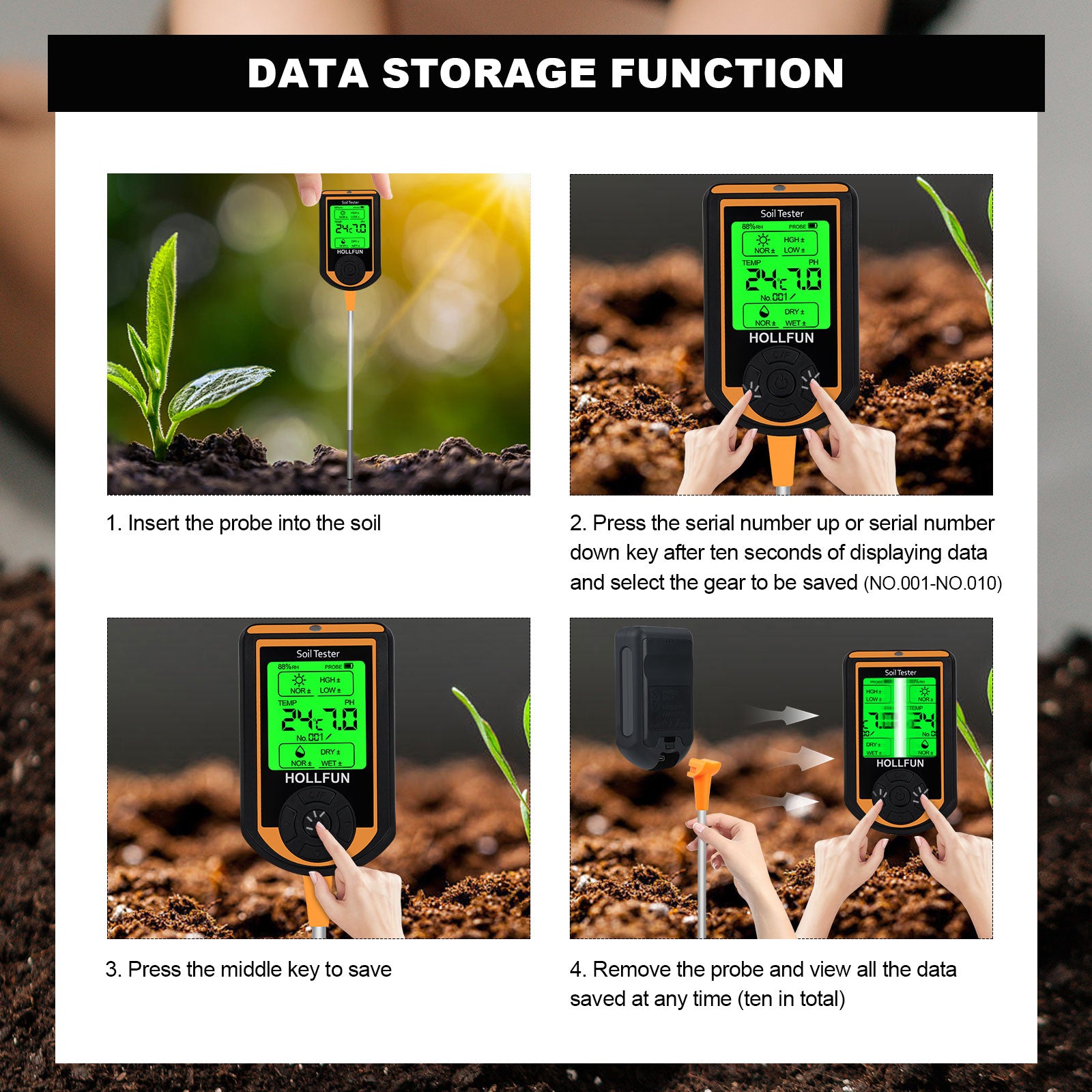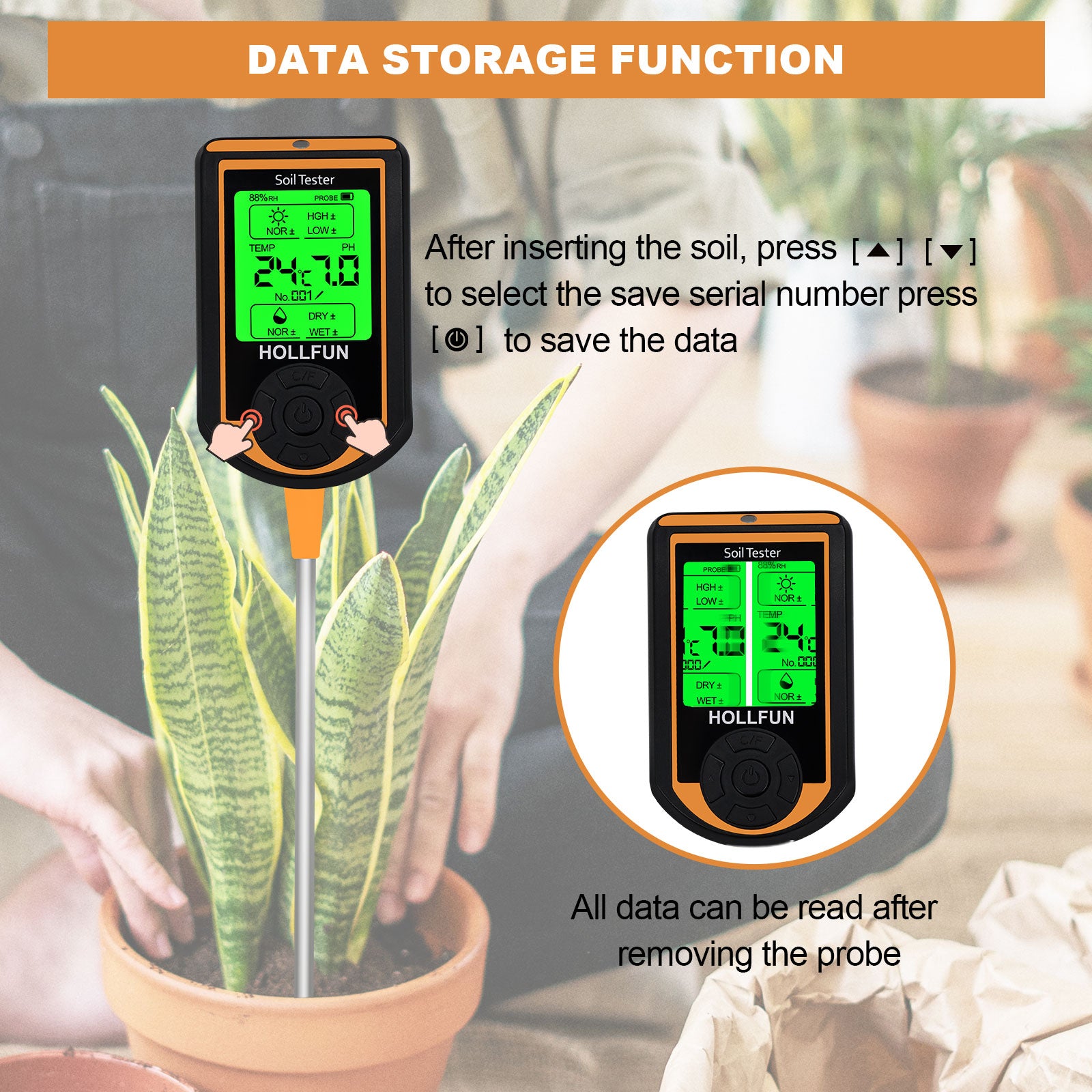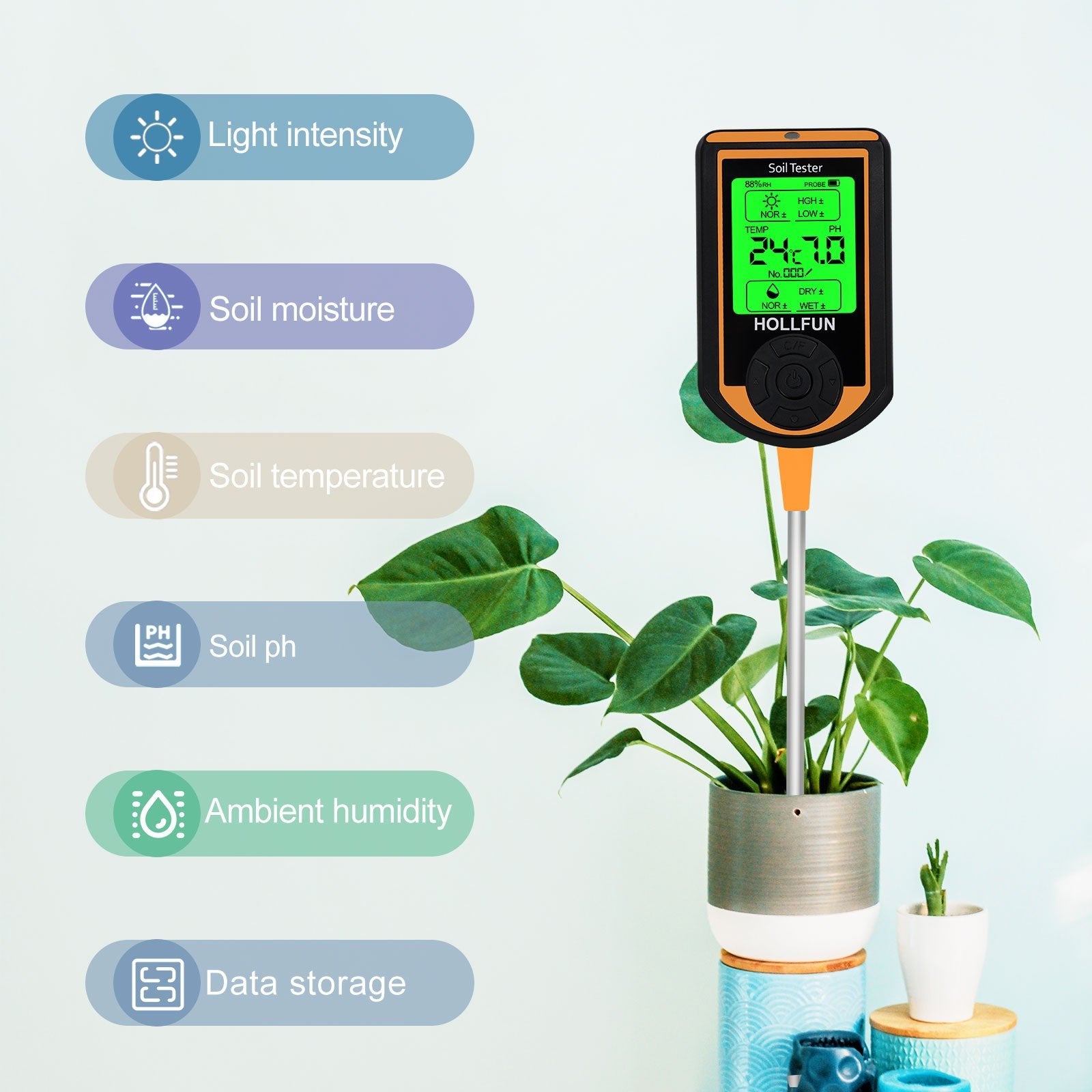Introduction:
- Watering your flowers is a crucial aspect of gardening, and while traditional methods are effective, incorporating white vinegar into your watering routine can provide numerous benefits. White vinegar, a kitchen staple, is a versatile substance that can be harnessed scientifically to promote the health and vitality of your plants. In this blog post, we'll explore the science behind using white vinegar to water flowers and how it can enhance soil conditions, deter pests, and boost overall plant growth.
Understanding the Science:
a) Balancing Soil pH:
- White vinegar, also known as acetic acid, can be used to adjust soil pH levels. Many plants thrive in slightly acidic to neutral soil, and white vinegar can help achieve and maintain this balance. Before adding vinegar to your watering routine, it's essential to test the soil pH using a kit available at most gardening stores. Adjustments can be made gradually, and it's crucial not to over-acidify the soil, as this can harm your plants.
b) Nutrient Absorption:
- The acidity of white vinegar enhances the availability of essential nutrients in the soil. It aids in the breakdown of minerals, making them more accessible to plant roots. This improved nutrient absorption can lead to healthier and more vigorous plant growth. However, it's important to use vinegar in moderation to avoid disrupting the delicate balance of nutrients.
c) Pest Deterrent:
- White vinegar acts as a natural pest deterrent due to its strong odor and acidity. By incorporating it into your watering routine, you can help protect your flowers from common garden pests like aphids and mites. Be cautious with the concentration, as too much acidity may harm beneficial insects and soil microorganisms.
Practical Application:
a) Preparing the Vinegar Solution:
- To create a vinegar solution for watering, mix one to two tablespoons of white vinegar per gallon of water. Start with a lower concentration and gradually increase it based on your plant's response and soil pH testing.
b) Watering Frequency:
- Integrate white vinegar into your regular watering routine, aiming for once every two to three weeks. This frequency allows the soil to adjust gradually without causing stress to the plants.
c) Monitoring Plant Health:
- Keep a close eye on your plants for any signs of stress or improvement. Adjust the vinegar concentration or frequency accordingly. Remember that different plants have varying preferences, so observe their response and adapt the watering regimen accordingly.
Conclusion:
- Incorporating white vinegar into your flower watering routine can be a scientifically informed strategy to enhance soil conditions, deter pests, and promote overall plant health. However, it's crucial to approach this method with care, testing soil pH and monitoring your plants' response to ensure a balanced and thriving garden. With the right scientific approach, white vinegar can become a valuable ally in your quest for vibrant and healthy flowers.



